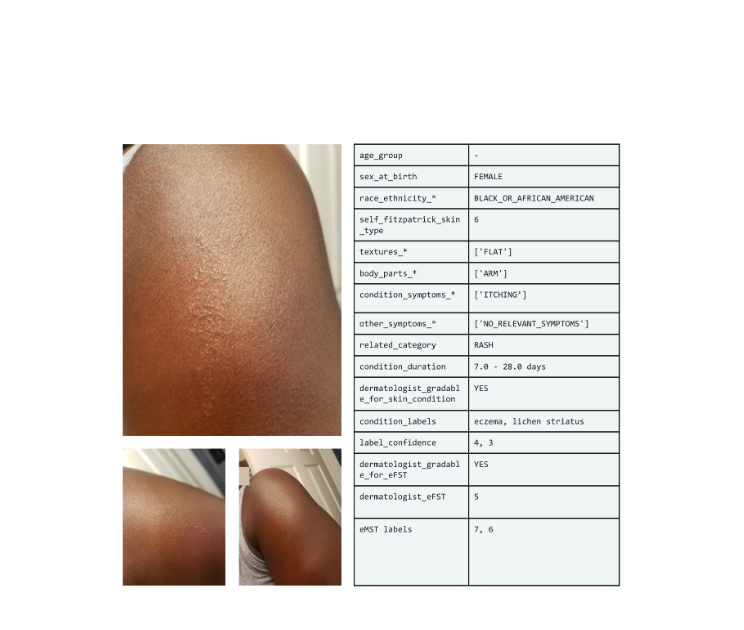Nobody likes paperwork
And as important as talent acquisition is for any organization, it involves a lot of it: sifting through resumes, posting job descriptions, onboarding new employees. These tasks aren’t all tedium, and in fact, they often require human-level discernment. However, many components of these tasks can now be automated or augmented by AI, allowing hiring managers to focus on providing smarter, higher-level engagement with candidates. The organization that learns to leverage the latest in AI tools is able to free up employee time, so they can put a little more “humanity” into their human resources operations.
The Typical Goal of the Talent Selection Process
The typical goal of the talent selection process is simple: target the highest qualified candidates and persuade them to apply to vacancies and sign contracts at the most favorable rates to the organization. But there are many ways where this seemingly simple process can break down. A poorly written job description, for example, can result in a deficit of applications—or an abundance of applications from candidates who might not have the right skills, resulting in wasted effort and lost time in either case. Optimizing the process with AI tools can help recruiting teams zero in on right candidates, an essential capability in increasingly competitive employment markets.
Ways AI Enhances the Recruitment Process
Below are some ways that AI is enhancing the recruitment process across its workflow, from discovering hiring needs to attracting, courting, onboarding and retaining top talent.
Predictive Analytics
Before a new job listing is even written or an open position has been identified, AI algorithms can help analyze various data sources like historical hiring trends, employee turnover rates, business growth projections and workforce demographics. By processing this data, AI identifies patterns and correlations, providing insights into future hiring needs based on past trends and organizational goals. AI can help predict demand trends for specific competencies, and help hiring teams develop recruitment strategies to plan for skills gaps that might not have even presented themselves as problematic yet. AI can also analyze external data, scraping job postings and public salary information, then model various scenarios and generate reports that might help an employer make hiring decisions about, for example, whether to fill a position with an internal recruitment, fill a gap with a contractor relationship or spring for a new hire. Such tools can also help organizations develop recruitment plans for achieving diversity, equity and inclusion (DEI) goals, identifying areas where hiring policies and trends might be adjusted to align with the organization’s broader DEI strategy.
Job Posting
Once a comprehensive hiring strategy is developed, AI can get to work contributing to the creation of job descriptions. Generative AI tools can quickly develop descriptions based on short prompts. Then, once these have been posted on job boards, AI can conduct A/B testing on different versions of job descriptions to evaluate their effectiveness in attracting candidates. By analyzing metrics such as click-through rates, job application conversion rates and time-to-fill, AI helps organizations identify the most successful iterations and refine their approach accordingly. Employment-based social media companies like LinkedIn use AI to help organizations A/B test ads on their platform. AI contributes to the creation of more inclusive and broadly enticing job descriptions. Language biases and unintentional exclusions can deter diverse candidates from applying. AI algorithms, armed with insights derived from a vast array of data, can craft job descriptions that are not only gender-neutral and culturally sensitive but also optimized to attract a wider pool of candidates. By fostering inclusivity, organizations can tap into a more diverse talent pool, bringing in fresh perspectives and skills that contribute to a vibrant and innovative company culture.
Resume Screening
Reviewing resumes is probably the first thing that many HR professionals imagine when they think of the rote work they wish they could automate. And fortunately, AI-based screening technologies are getting smarter all the time, so there’s less chance of accidentally screening out a great potential hire. With traditional methods, recruiters grappled with a deluge of resumes and cover letters, sometimes thousands for a single role. How could HR professionals expect to pick the needle out of the haystack in a timely fashion? AI, on the other hand, can swiftly analyze vast volumes of resumes, extracting relevant information and highlighting the best candidates whose qualifications most align with the job specifications. This ensures a more objective and consistent screening process, reducing the risk of overlooking qualified candidates. AI tools can deliver a shortlist to hiring managers, enabling them to spend less time sifting through huge piles of resumes, and more time both enhancing the candidate experience and delivering value to their organization.
Initial Interviews
AI recruitment software can also come in handy during this phase to schedule interviews by coordinating available time slots between the candidate and the recruiter. This reduces the administrative burden on recruiters and streamlines the interview process. Some job openings require many rounds of interviews. Conducting interviews, especially when high-level managers are involved, can become quite expensive. The point of initial interview questions is to give the candidate and the organization basic information about one another. This “first impression” does not necessarily need to involve a human agent on the organization’s side. Chatbots can engage candidates in a conversation to gather basic information about their preferences, availability and eligibility for a role. This can serve as an additional filter on top of the resume screening phase. Meanwhile, chatbots can answer frequently asked questions (FAQs) and distribute documentation about the organization to potential candidates. This exchange of information can make subsequent interviews more useful to both parties, and help save both parties time if the candidate lacks necessary skills that the resume screening, for whatever reason, didn’t catch. On the flip side, a chatbot-led interview might also indicate to the interviewee that the position is not what they thought, obviating the need for subsequent interviews. Chatbots can also administer quizzes or skills assessments to evaluate a candidate’s knowledge, skills or problem-solving capabilities. Virtual assistants can use the latest Natural language processing (NLP) capabilities to field open-ended answers in plain language, and help determine if those answers predict whether or not an employee is likely to be a good “culture fit.” If a candidate fails to meet certain performance criteria during this phase, the organization can move on with more suitable candidates without engaging HR staff. AI can also help job seekers more seamlessly provide information for background checks.
Contract Negotiation
After selecting candidates and building a job offer, the organization can rely on AI for the negotiation process. AI is increasingly good at parsing information in offer letters and contracts to ensure compliance with relevant laws, regulations and industry standards. By flagging potential legal issues or discrepancies, AI helps ensure that contracts adhere to legal requirements, reducing the risk of disputes or litigation. By evaluating factors such as termination clauses, non-compete agreements and intellectual property rights, AI helps negotiators assess the potential impact of contract terms and negotiate accordingly. AI can analyze clauses within employment contracts and compare them to industry benchmarks or standard templates. By identifying deviations or unusual provisions, AI helps negotiators understand the implications of each clause and negotiate more effectively. AI can provide recommendations to the organization for negotiation strategies based on historical data, industry norms and the specific context of the negotiation. By analyzing past negotiation outcomes and success factors, AI helps negotiators develop informed strategies to achieve their objectives. AI can automate the redlining and drafting of contract amendments or revisions based on negotiators’ input. New job title? No problem. NLP technology can make quick updates that don’t need to involve manual edits. By generating proposed changes and alternatives, AI streamlines the negotiation process and accelerates the exchange of contract drafts between parties.
Onboarding and Retention
The onboarding process is a fantastic arena for AI to prove itself useful, from providing new hires with relevant information, answering their queries to guiding them through the initial steps, ensuring a smoother transition for new employees. AI-powered chatbots or virtual assistants can provide immediate support to new hires by answering frequently asked questions about company policies, benefits, IT setup and other onboarding-related queries. This reduces the burden on HR staff and empowers new employees to find information quickly and independently. AI systems can automate the creation and processing of onboarding documentation. By streamlining administrative tasks, AI frees up HR personnel to focus on high-touch aspects of the onboarding process, such as mentoring and team integration, ultimately helping to improve employee satisfaction and retention.






















